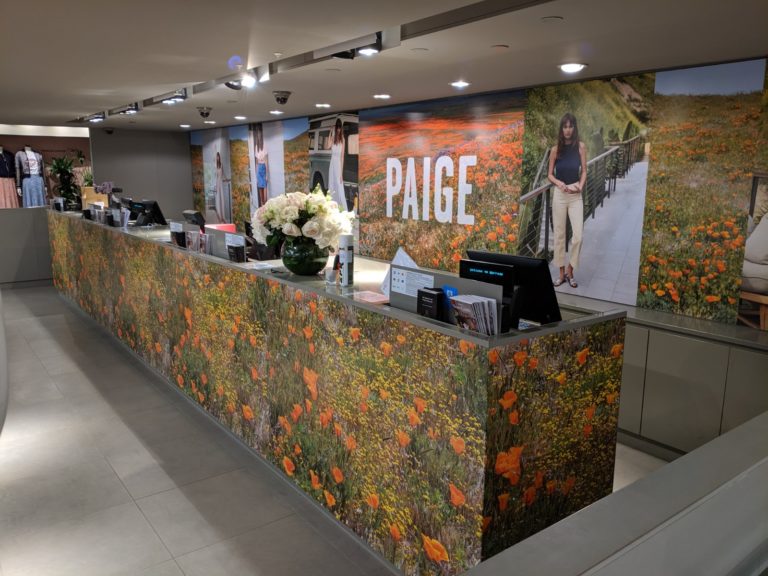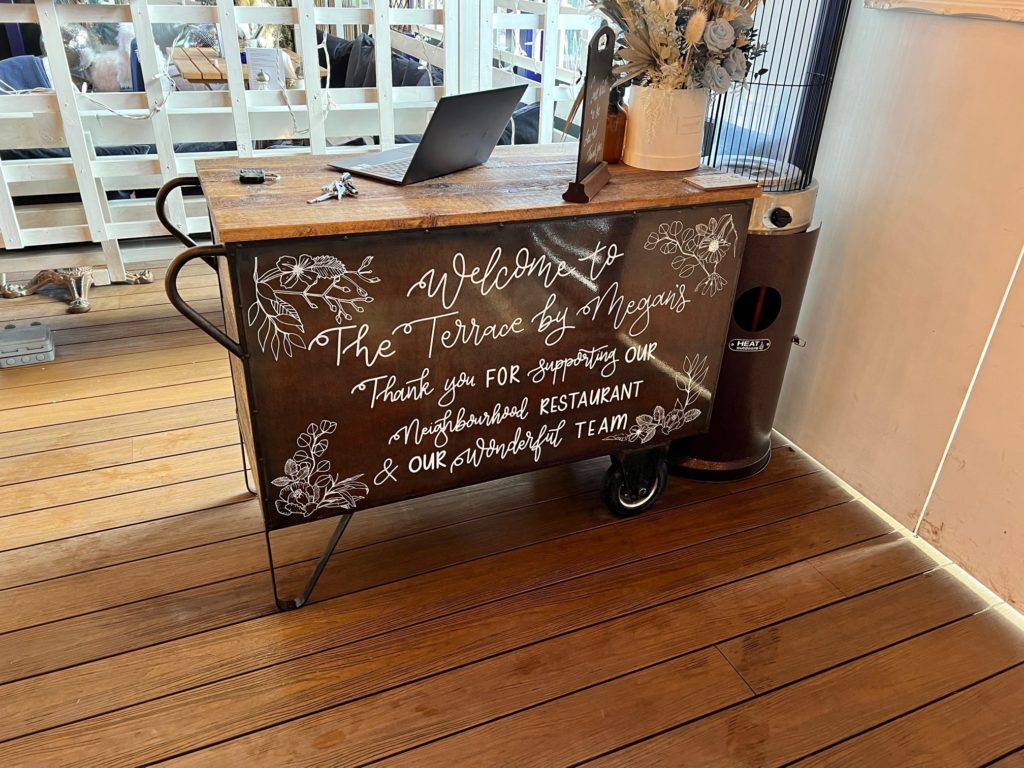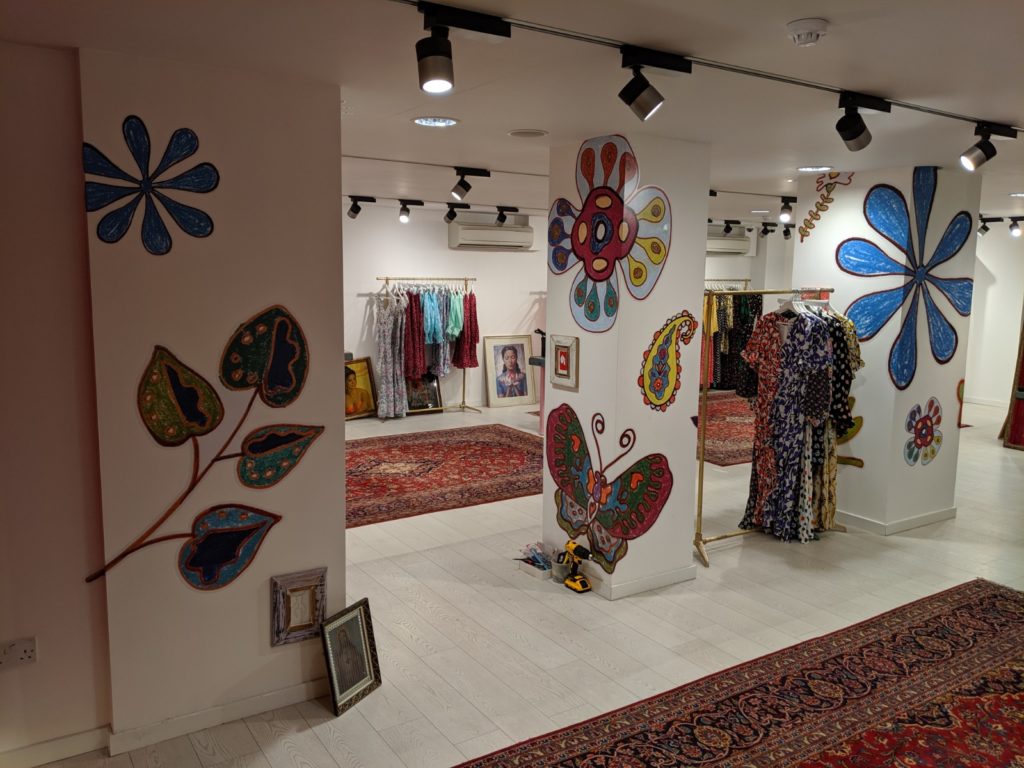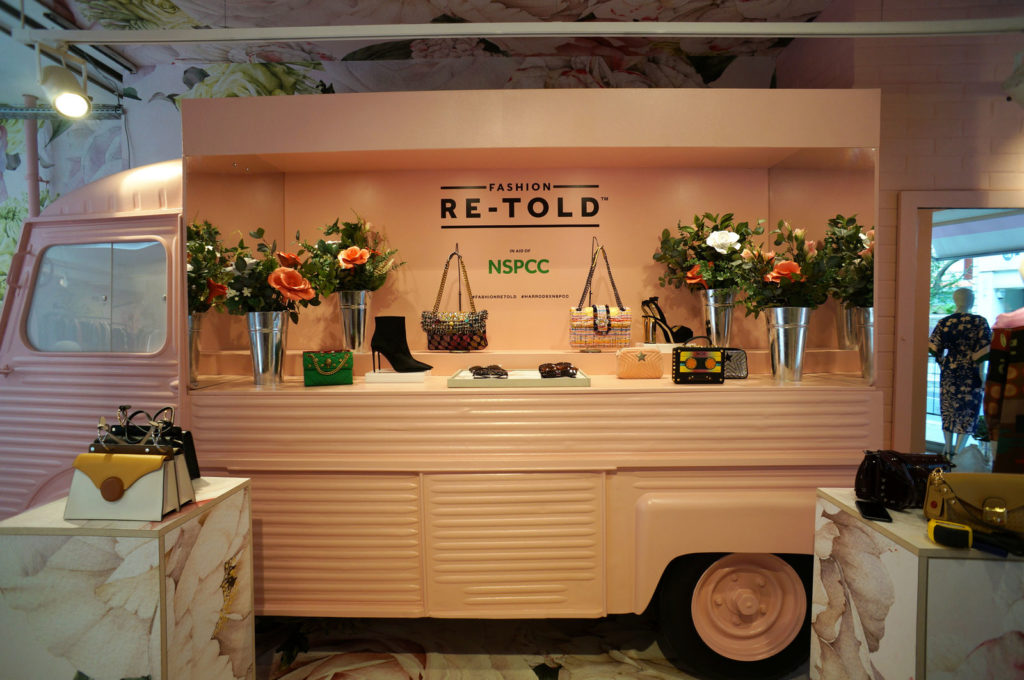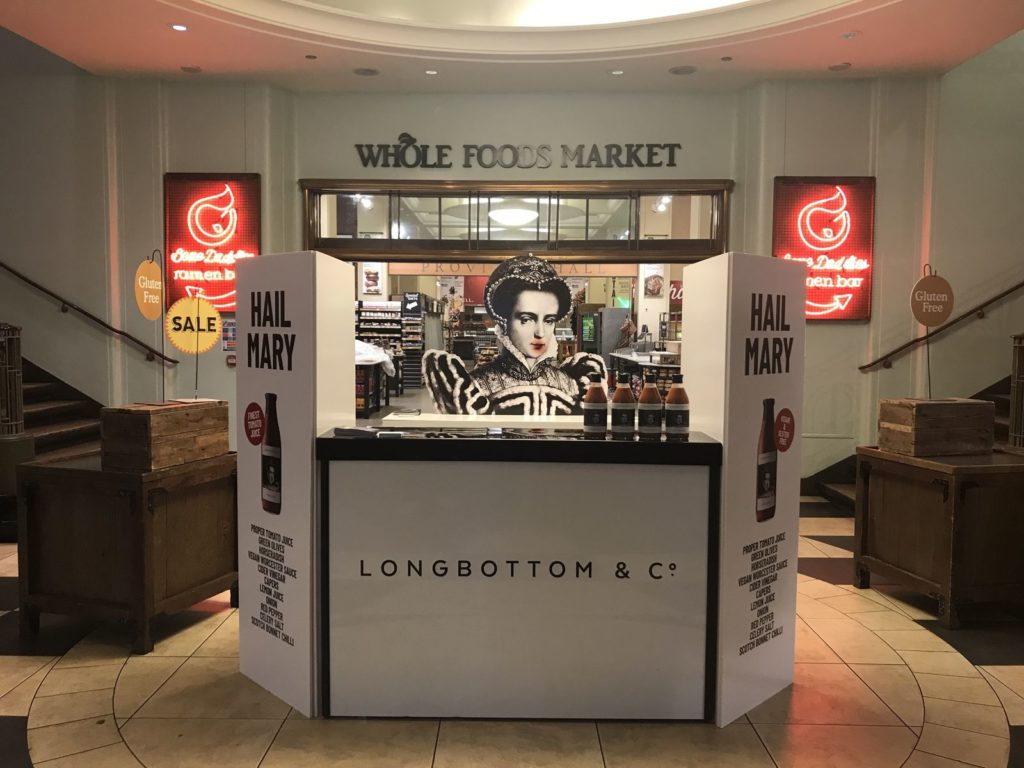Point of sale (POS) retail displays are a well-tested example of traditional advertising, and are relied upon to drive transactions everywhere from the aisles of national supermarkets to the checkouts of small, independent retailers.
The aim of any retailer creating a point of sale display is to catch the eye, and the creative use of retail graphics can transform these efforts from something underwhelming and easily-ignored to an attention-grabbing piece of marketing that boosts the success of your brand.
What is a POS display?
A point of sale display refers to a form of advertising that is usually placed in or near the area of a shop where transactions take place, although in some instances they may be dotted at locations throughout the store to catch people in key areas of the customer journey. These displays can include elements of visual merchandising and feature the product itself, but this isn’t the case in every instance.
For example, a Lottery scratchcard dispenser placed on the checkout of a corner shop would be considered a point of sale display, but so would any advertorial cardboard cutouts and signage that surrounds it.
Why do brands use POS displays?
The primary purpose of POS marketing is to encourage impulse purchases, upselling to customers and increase their spend-per-visit in a way that doesn’t feel invasive. This is why they often feature small, inexpensive items, such as chewing gum or chocolate bars. These are exactly the sort of products people buy on a whim, boosting ATV (average transaction value) to an extent which can make a real difference to businesses.
In addition to this, POS retail displays can be used to draw attention to discounted items, new product lines and seasonal stock, nudging people to try something new or pick up a bargain before it’s gone. Furthermore, as checkouts are the area of a store in which people are likely to linger (either in a queue or during the transaction itself) POS marketing also offers the chance to advertise to people when they aren’t otherwise engaged, and can pay the display their full attention.
Research from the POPAI Grocery Study suggests that 62% of shoppers purchase items on impulse when they are in-store, and that POS displays have a real influence on these purchasing decisions – driving 16% of unplanned sales. The Point of Purchase Institute also discovered that POS marketing increases overall product purchases, and can boost the success of a price reduction sale by a factor of six when compared to sales that aren’t advertised in-store.
How you can make POS displays more compelling
Any marketing expenditure has to be justified by meeting predetermined KPIs, and point-of-sale displays are no exception. But how do you ensure they deliver on brand awareness and increased sales? Here are our tips:
Check out your competitors and understand key trends
You have to understand what your competitors are up to if you want to stand out from them, and having an awareness of the latest trends will show you a) what is possible b) what has become outdated and c) how you can buck the advertising status quo in fun and surprising ways.
Prioritise visibility, location and likability
Clear visibility is absolutely key for a point-of-sale display, and it’s important that the display is clear and enticing even from a distance. Research suggests that communicating a product’s functional benefits in large, clear typography makes people more likely to pay attention to and approach a POS display. Customers need to recognise and appreciate exactly what the product being advertised has to offer them, whether that’s a great price or a problem it can solve.
One way to ensure this happens is to choose a good location. As mentioned above, being around the checkout area in a shop is considered by some to be a defining aspect of POS displays, but they can be placed anywhere where there is high footfall. If for whatever reason, a point of sale display has to be located in a less busy area of a shop, you should compensate for the lack of natural traffic by making the stand even more noticeable and eye-catching.
Finally, POS displays need to be appealing. Harmonious design, effective colour schemes and attractive typography arranged in impactful ways ensure likeability as well as noticeability, and it’s vital not to tip over from striking into garish.
Provide an experience
Marketing is, at its core, a dialogue between brand and customer. A POS display needs to make it easy for people to understand the advantages of a product, and if there is a means to interact with it, this can be even better. Adding experiential elements such as QR codes and even virtual reality technology can be particularly memorable, but more traditional methods such as product samples or demonstrations can be similarly effective.
Choose the right materials for the job
There is a huge amount of variety when it comes to POS retail displays, and many options for materials and graphics. The format of point-of-sale displays can include:
- Free-standing fixtures and gondolas
- Aisle ends
- Tables and daises
- Installations
Your choice of materials can be carefully calibrated to your requirements, from metal, wood and glass for high-end products, to plastic and cardboard for convenience and versatility.
There is similar scope for creativity in your use of graphics, with retail graphics including wallpapers and floor graphics alongside specific POS display designs, and the option to print on a wide variety of substrates. These substrates can add real depth to your branding, whether you choose metallic materials, mirrored surfaces or luxurious matt vinyl.
You can also push the boundaries of what people expect through lighting, with LED displays, tension fabric lightboxes and undershelf illumination all options that can add to the allure of a POS display.
